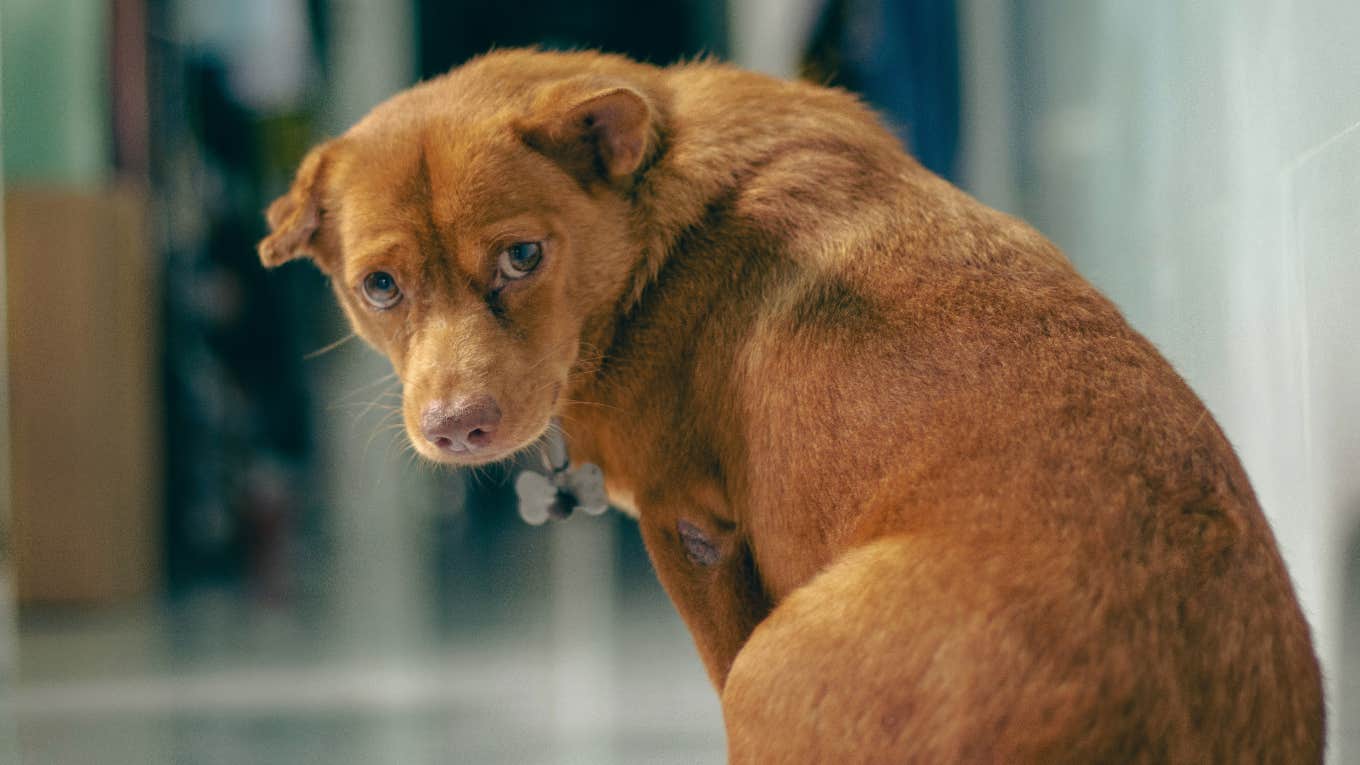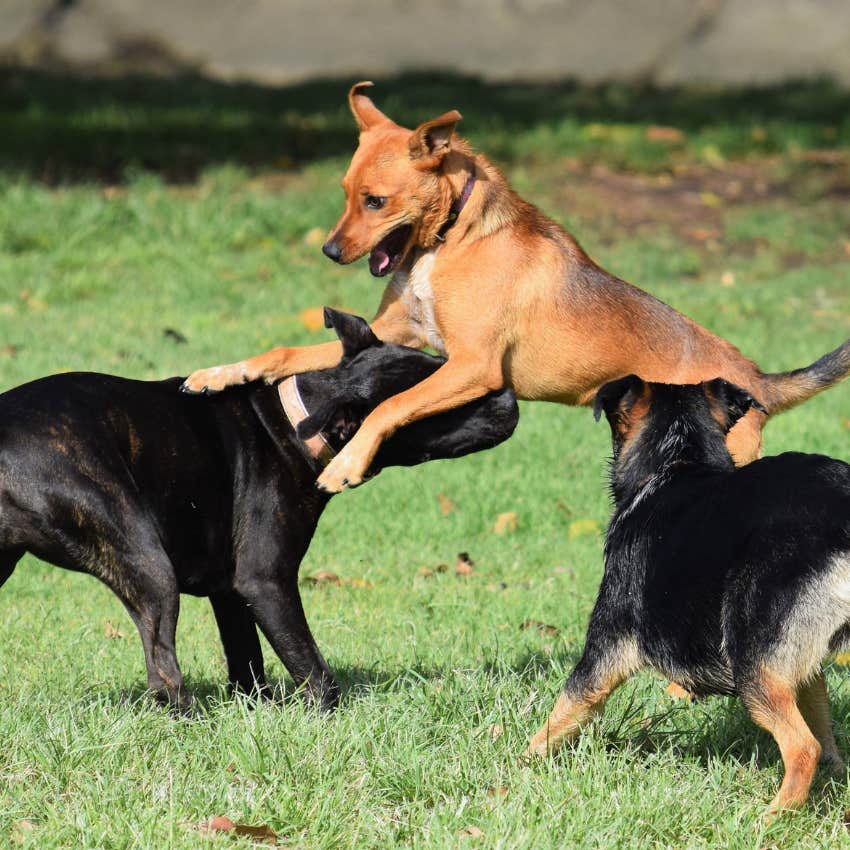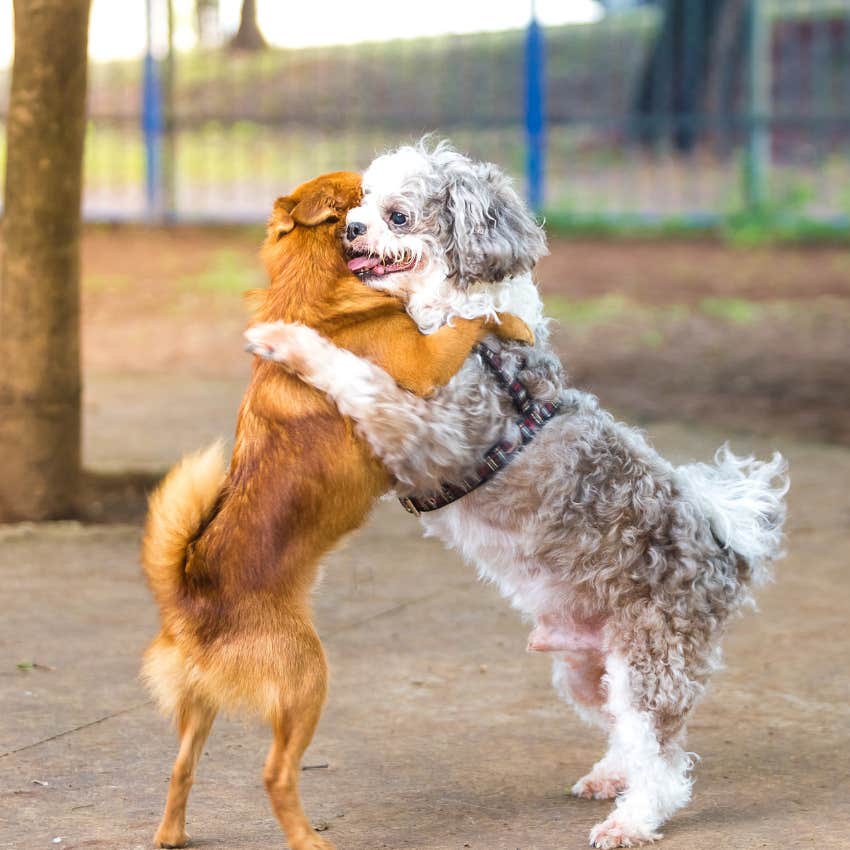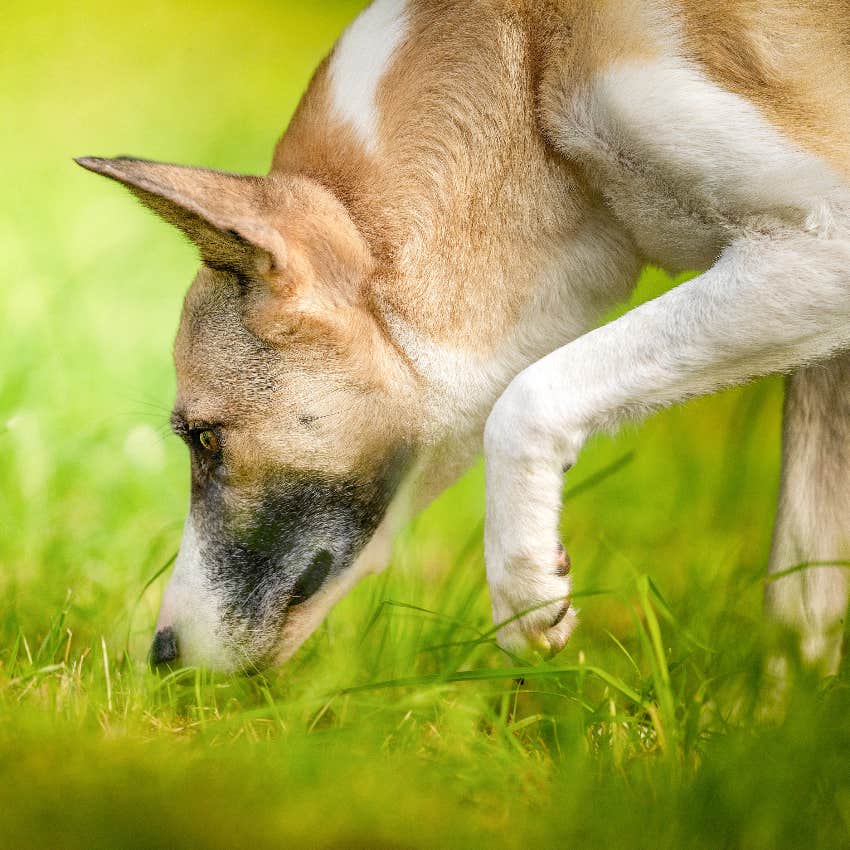4 Signs Your Dog Might Be Getting Bullied By Another Dog, According To Experts
Learn how to advocate for your dogs, even if it means intervening in their interactions with other pups.
 NTNghiaX | Shutterstock
NTNghiaX | Shutterstock Personally, I’m all for supporting dog’s rights and wrongs, because there’s no such thing as a “bad dog,” only a bad pet owner.
Still, if your dog is getting bullied, wouldn't you want to know? After all, it's your duty to keep your dog safe and happy and support them through stressful and anxiety-inducing situations.
According to animal experts and dog trainers, there are a few “bullying behaviors” to look out for to keep your beloved pooch safe. By acknowledging them, advocating for your dog, and making a change, you ensure all of your pup's interactions are healthier, happier, and less stressful for everyone involved.
Here are 4 signs your dog might be getting bullied by another dog, according to experts:
1. Mounting
Mounting or humping is a very common behavior in dogs and can occur for various reasons, including overstimulation and stress. Oftentimes; however, it is an attempt at asserting dominance.
"Brief moments of humping between dogs can be a normal part of play," says the American Kennel Club (AKC). "For instance, while running and playing, dogs might take turns mounting each other in a harmless expression of excitement."
Yet the action can become concerning and an example of bullying behavior when the other dog does not want to be involved. If they attempt to get away or appear stressed or uncomfortable, step in on your pup's behalf.
"Some dogs don’t like to be mounted. So in the interest of avoiding any potential conflict, it’s worth doing some work to prevent even this mild form of mounting," AKC says, advocating for proper dog training.
2. Head holding
 Gili Pup | CanvaPro
Gili Pup | CanvaPro
Another behavior that often indicates a power dynamic is “head holding,” where one dog uses their front or back paws to cover another dog’s head.
While other dogs often respond to this behavior with clear corrective signals, it can manifest into bullying when those boundaries aren’t set.
If your dog struggles to set boundaries for behavior during playtime, it’s your job as a pet owner to help advocate and support them. Remain close by when they are playing with other animals and step in to protect them when necessary.
3. Hugging
 William Rodrigues dos Santos | CanvaPro
William Rodrigues dos Santos | CanvaPro
Despite their owner’s wholesome intentions, many dogs don’t even like human hugs. Experts suggest the act of embracing can actually be anxiety-inducing, restrictive, and stressful for many pets.
“Hugging” between two dogs is no better. In fact, it's similarly stressful and often a clear bullying behavior. It’s a “challenge” rather than “affection” and can often lead to more aggression than friendship.
Whether it’s one dog wrapping their paws around another or two of them lifted off their front legs “hugging” each other, this behavior is generally an attempt by one or both at asserting dominance.
4. Persistent sniffing
 Pawtraits | Shutterstock
Pawtraits | Shutterstock
Another tell-tale sign that your dog is being bullied is sniffing to an uncomfortable level.
While dogs sniff for myriad reasons, an attempt to decrease their anxiety is a big one. If your dog is being bullied and feeling uncomfortable or nervous, they will often begin "frantic sniffing," and will likely continue to do so until the threat is gone.
At the end of the day, every dog is different and experts urge owners to invest time into recognizing their specific dog’s discomfort and tells.
The more you know your dog — including what they like, their triggers, and when they need a little extra support — the better relationship you will have with them.
Zayda Slabbekoorn is a News & Entertainment Writer at YourTango who focuses on health & wellness, social policy, and human interest stories
